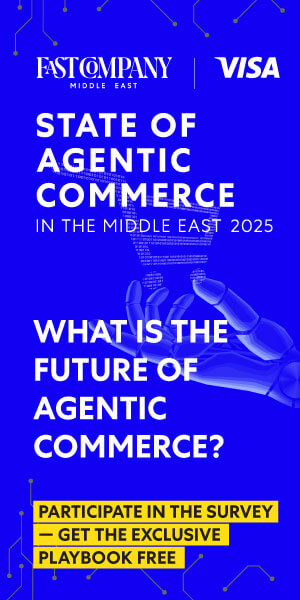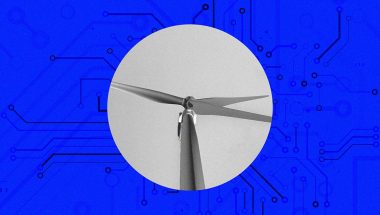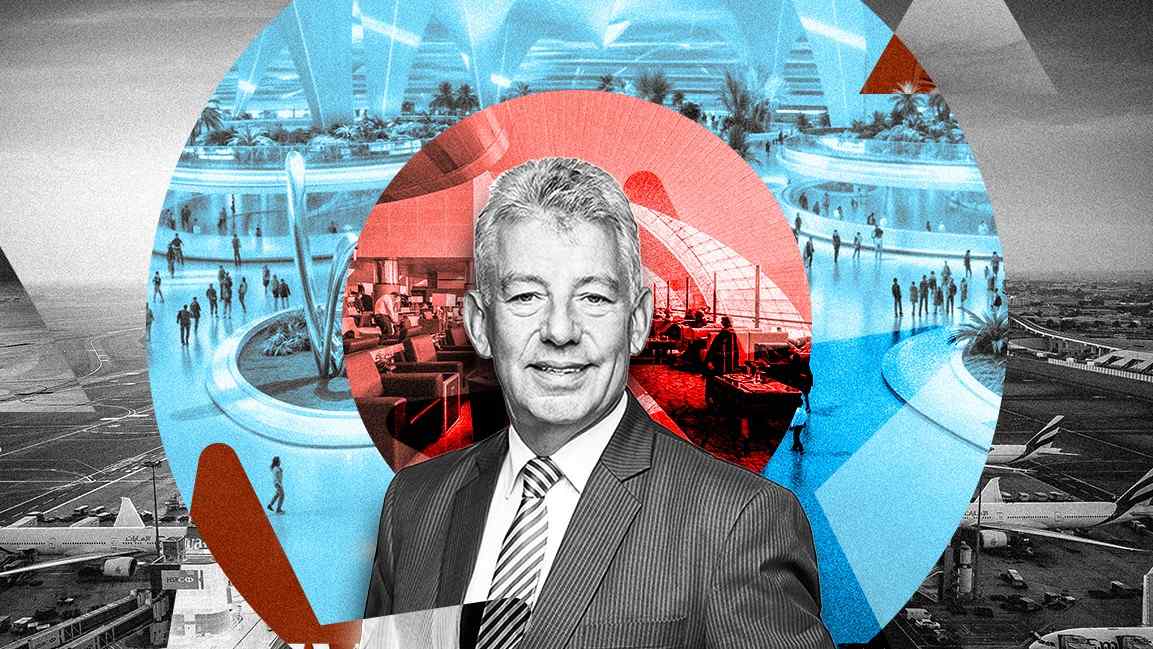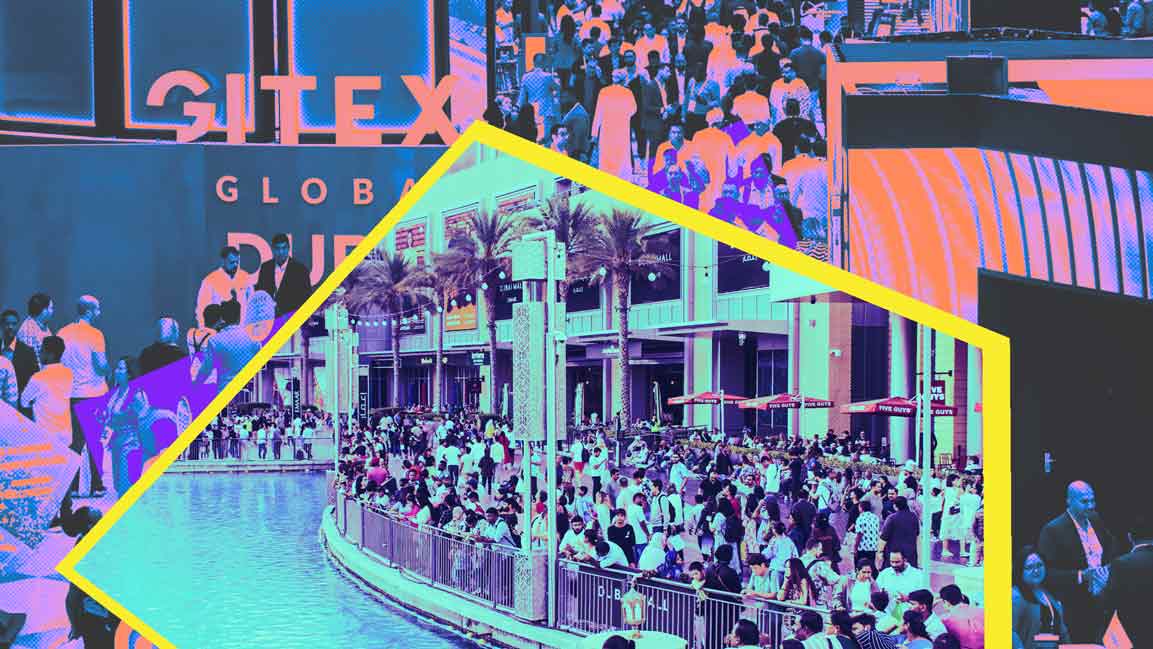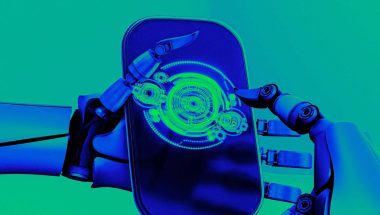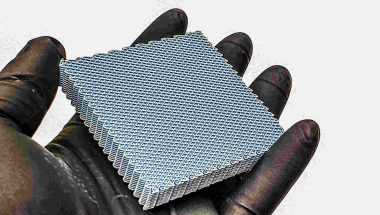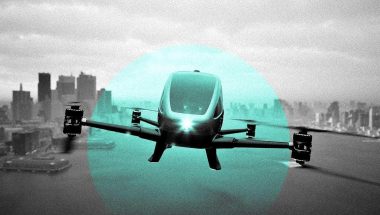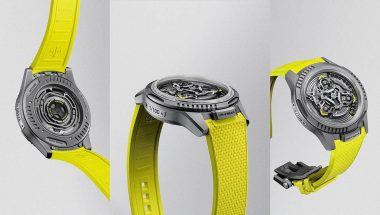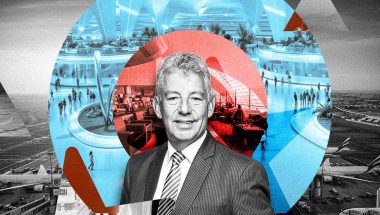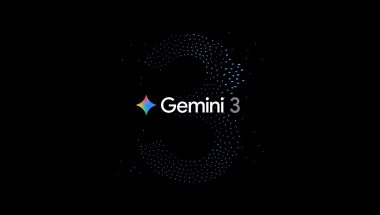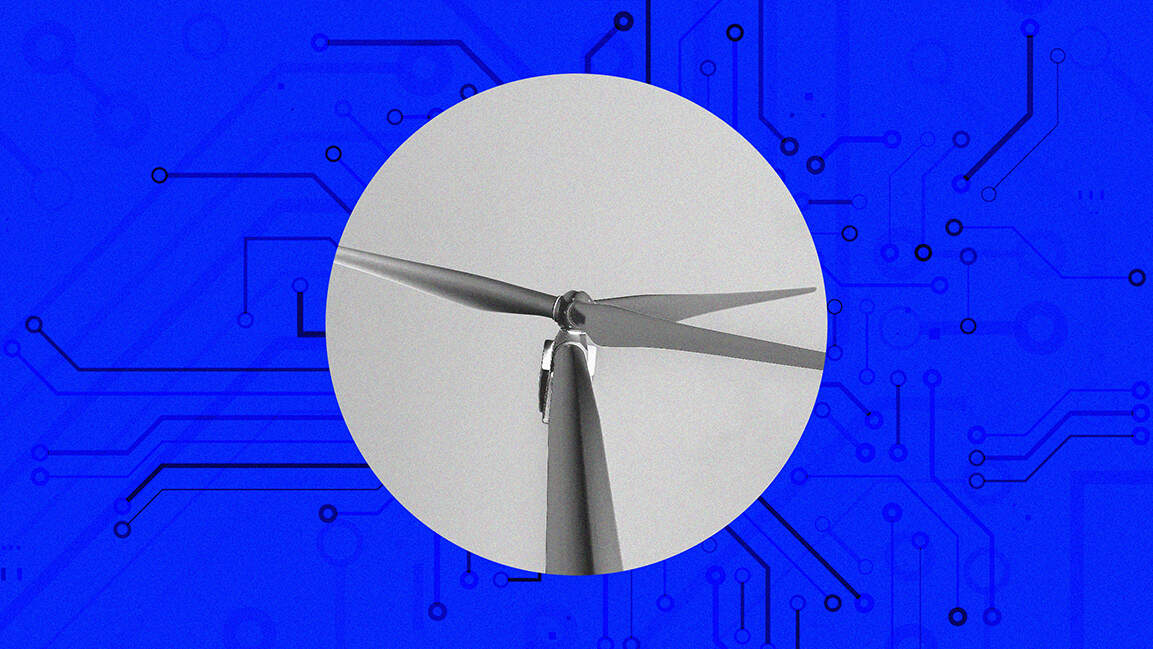- | 3:00 pm
How L’Oreal aims to make the future of beauty smarter
The future of beauty lies in smarter tech solutions, here’s how L’Oreal is leveraging tech to make beauty for all available at the click of the fingertip of millions of users
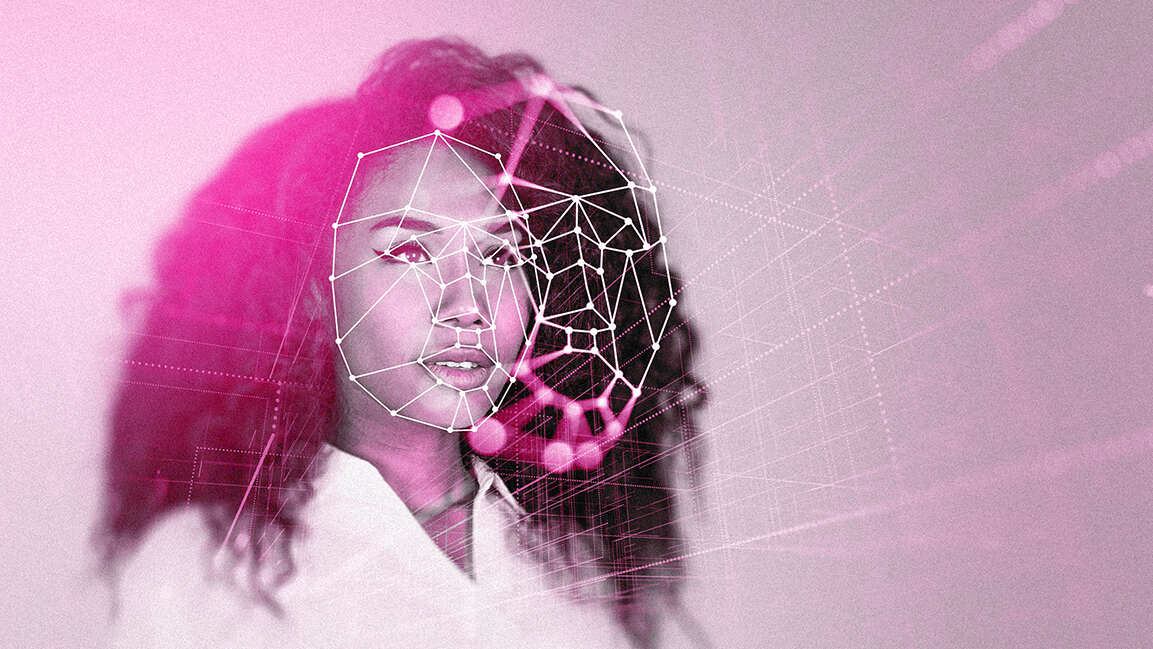
In the future, L’Oréal aims to offer technology-driven solutions to enhance overall beauty, well-being and confidence.
“With technology, we can augment and enhance the consumer journey, offering our consumers innovative solutions like personalized diagnostics, virtual try-ons, and targeted product recommendations,” says Vismay Sharma, President of L’Oréal South Asia Pacific, Middle East and North Africa.
Sharma emphasizes that technology is a powerful enabler of sustainability and ethical beauty standards.
BECAUSE THE PLANET IS WORTH IT
Balancing elements of production and conceptualization requires a commitment to doing the right thing for a more sustainable future.
As a leading beauty company, Sharma notes that its sustainability efforts align with science-based targets, prioritizing decarbonization and resource protection. The brand has achieved 100% renewable energy across operated sites in the SAP MENA region. Innovations such as the Water Saver showerhead, which enhances salon haircare while conserving water and energy, and the AirLight Pro, a low-energy, hair-friendly drying device, exemplify this commitment.
Innovation is at the core of L’Oréal’s latest beauty-tech launches. Sharma says the year has some exciting launches in the pipeline for L’Oréal Cell BioPrint, a portable lab-on-a-chip device that analyzes protein composition to assess skin aging; the technology will make its global showcase debut at LEAP.
Additionally, L’Oréal recently introduced Colorsonic, an at-home device that simplifies hair coloring with the touch of a button. The company also showcases over twenty beauty innovations at LEAP, including L’Oréal Professionnel’s AirLight Pro, Water Saver, and HAPTA by Lancôme.
PERSONALIZED BEAUTY
According to Sharma, “AI is the driving force behind personalized makeup, skincare or hair recommendations.”
He explains how AI creates tailored routines and recommends products by analyzing skin or hair concerns, lifestyle, and product preferences.
“Consumers seek real-world-like immersion in their online shopping experience – last year, we had 65 million sessions of AI-powered virtual try-ons globally,” says Sharma. Citing an example of a tie-up with Maybelline New York, he says consumers can access digital makeup available to 300 million potential Microsoft Teams users. In skin care, La-Roche Posay’s Spotscan, based on an AI-based solution with dermatologists, has helped 10 million people. These virtual try-on services and more are available in the GCC.
“Our beauty tech innovations are available across multiple channels – in-store, online, and even at home – so we can reach as many consumers as possible. Last year, over 100 million people used our digital services globally. In the GCC, consumers expect personalized digital experiences and quick online services, which play a big part in their shopping journey and buying decisions,” says Sharma.
For example, a consumer might use the makeup virtual try-ons on the Maybelline New York and Lancôme websites before purchasing. In-store diagnostic services, such as Kiehl’s Instant Skin Reader, provide personalized skincare analysis guided by professional beauty advisors. L’Oreal’s Water Saver showerhead is rolling out to hair salons globally. At-home devices, like YSL Beauty’s Rouge Sur Mesure, offer consumers personalized beauty tech with professional results.
BEAUTY BREAKTHROUGHS TO EXPECT
Beauty aspirations are infinite, explains Sharma. “The future of beauty must be accessible, inclusive, and catering to the diverse needs and preferences of all individuals worldwide – and beauty tech will help get us there,” he says.
“Future beauty innovations will need to combine advanced science with game-changing technologies to continue to elevate the consumer experience. Beauty tech must give value to evolving consumer needs with services that guide, diagnose, predict, and coach,” he concludes.
He sees generative AI playing a more significant role as the new frontier of technology, where creativity and technology are coming closer together “like never before” and where we can expect the pace of development to pick up even more over the next five years.






